Hospitality Business Law Report: Analyzing Legal Scenarios and Issues
VerifiedAdded on 2022/08/13
|5
|765
|49
Report
AI Summary
This report analyzes two scenarios related to hospitality business law. The first scenario examines the issue of negligence, specifically focusing on a restaurant owner's liability for a customer's injury in the restroom. The report applies the principles of negligence, duty of care, and contributory negligence, referencing cases like Donoghue v Stevenson and Caparo Industries Plc v Dickman to determine the owner's responsibility. The second scenario addresses a hotel guest's refusal to pay for a second night's stay and explores the hotel's legal options against a local newspaper. The analysis incorporates principles of contractual obligations and the hotel's right to detain guest property to clarify the legal position of the parties involved. The report provides a comprehensive legal analysis, applying relevant case law and legal principles to arrive at conclusions regarding liability and contractual obligations within the hospitality industry.
1 out of 5
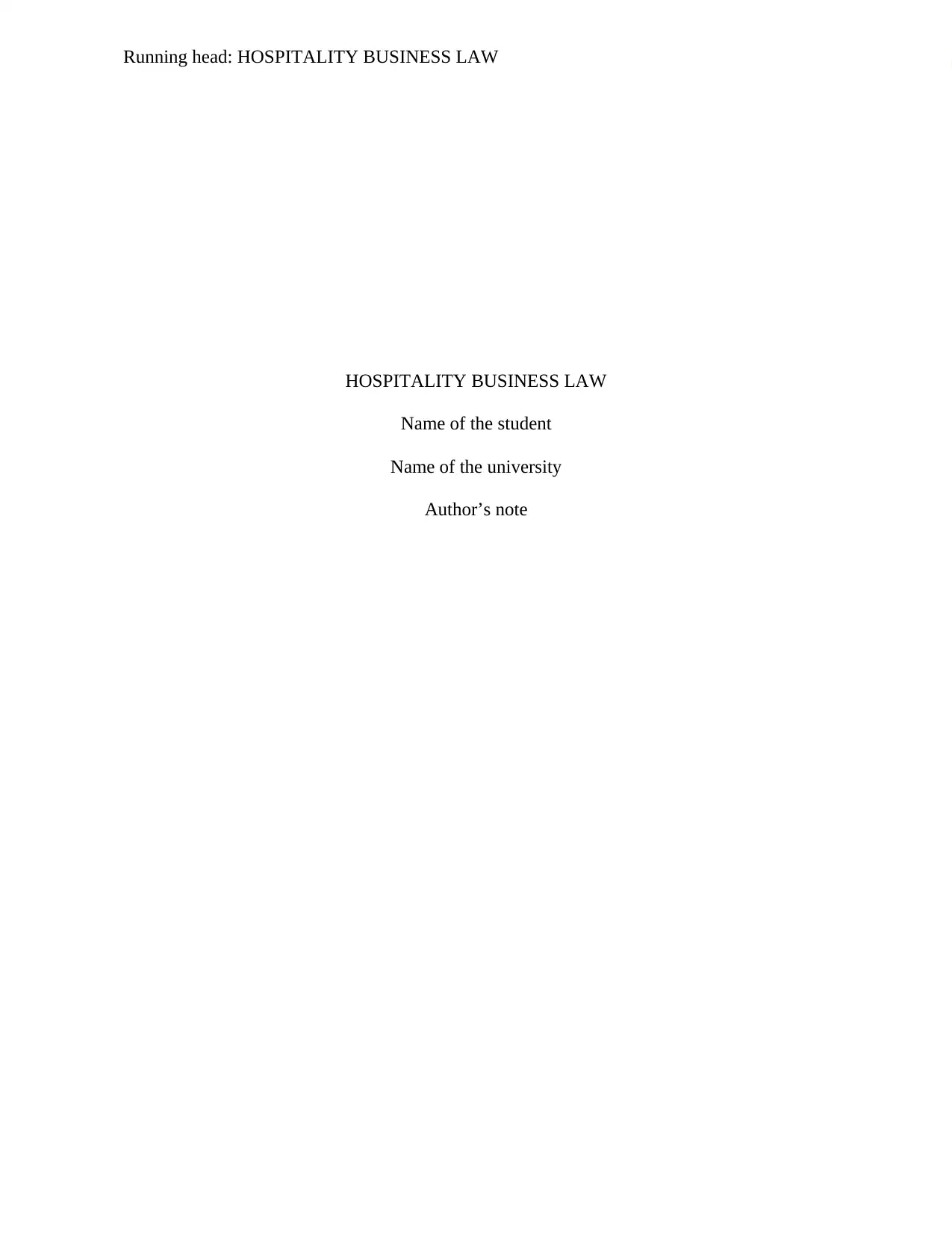
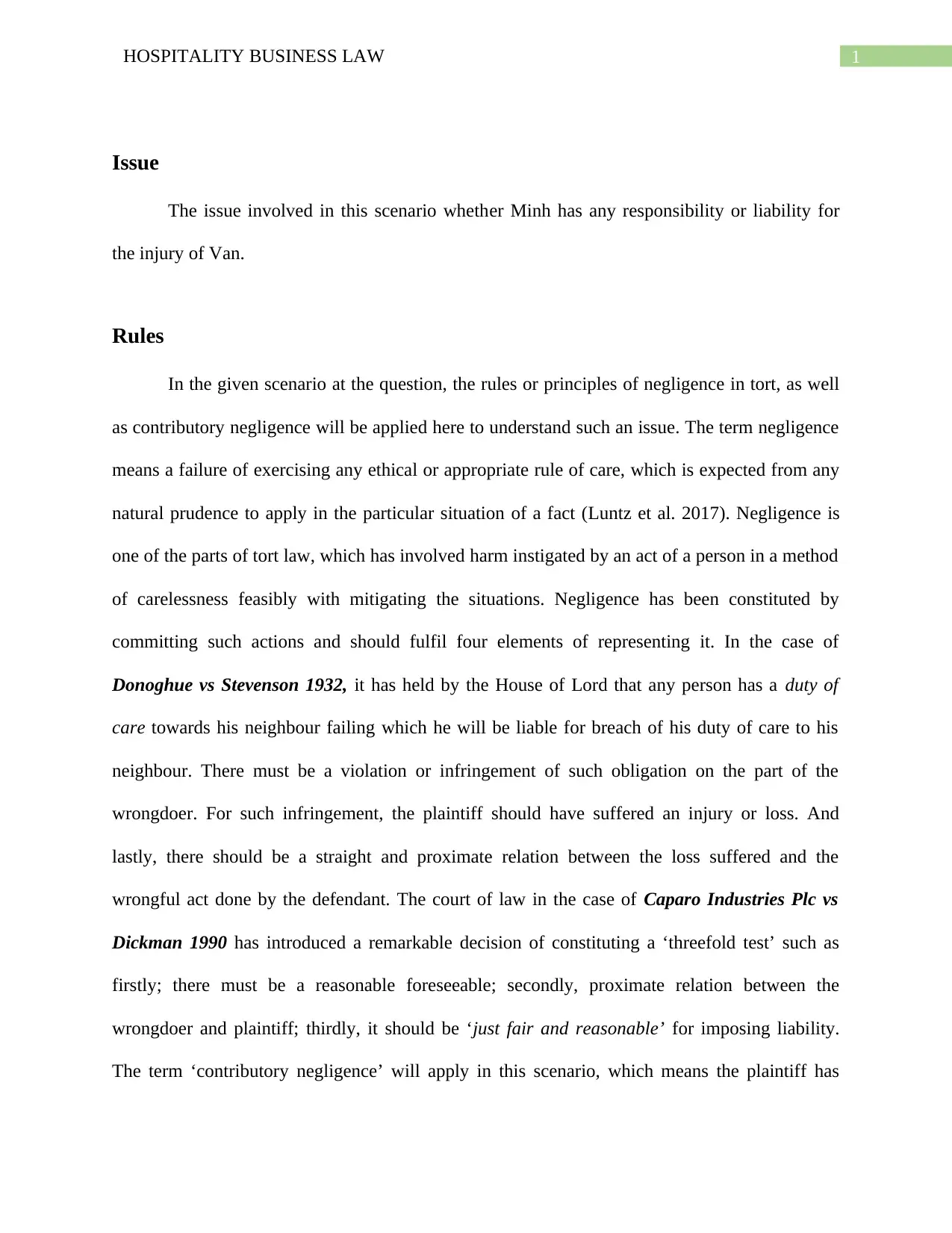
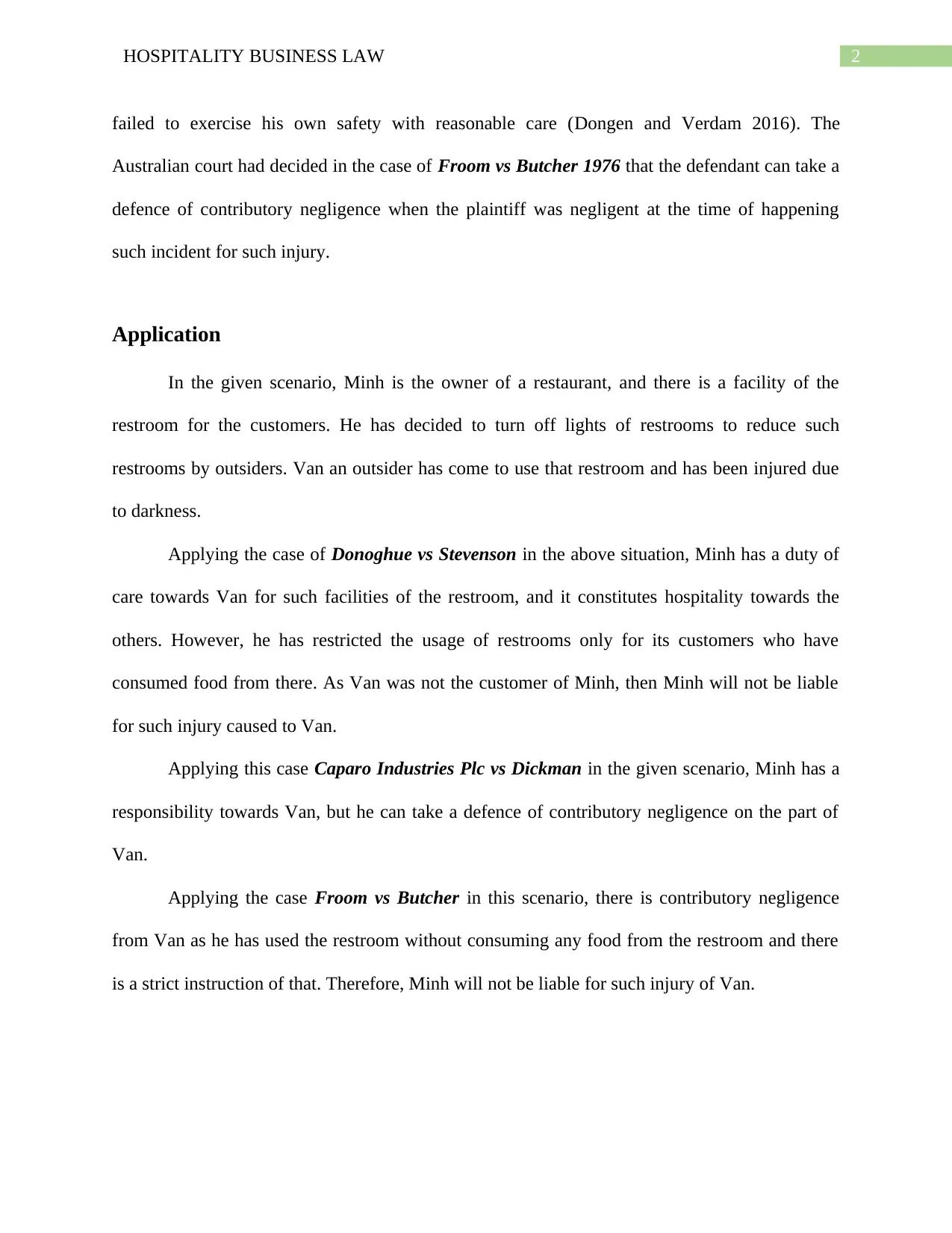

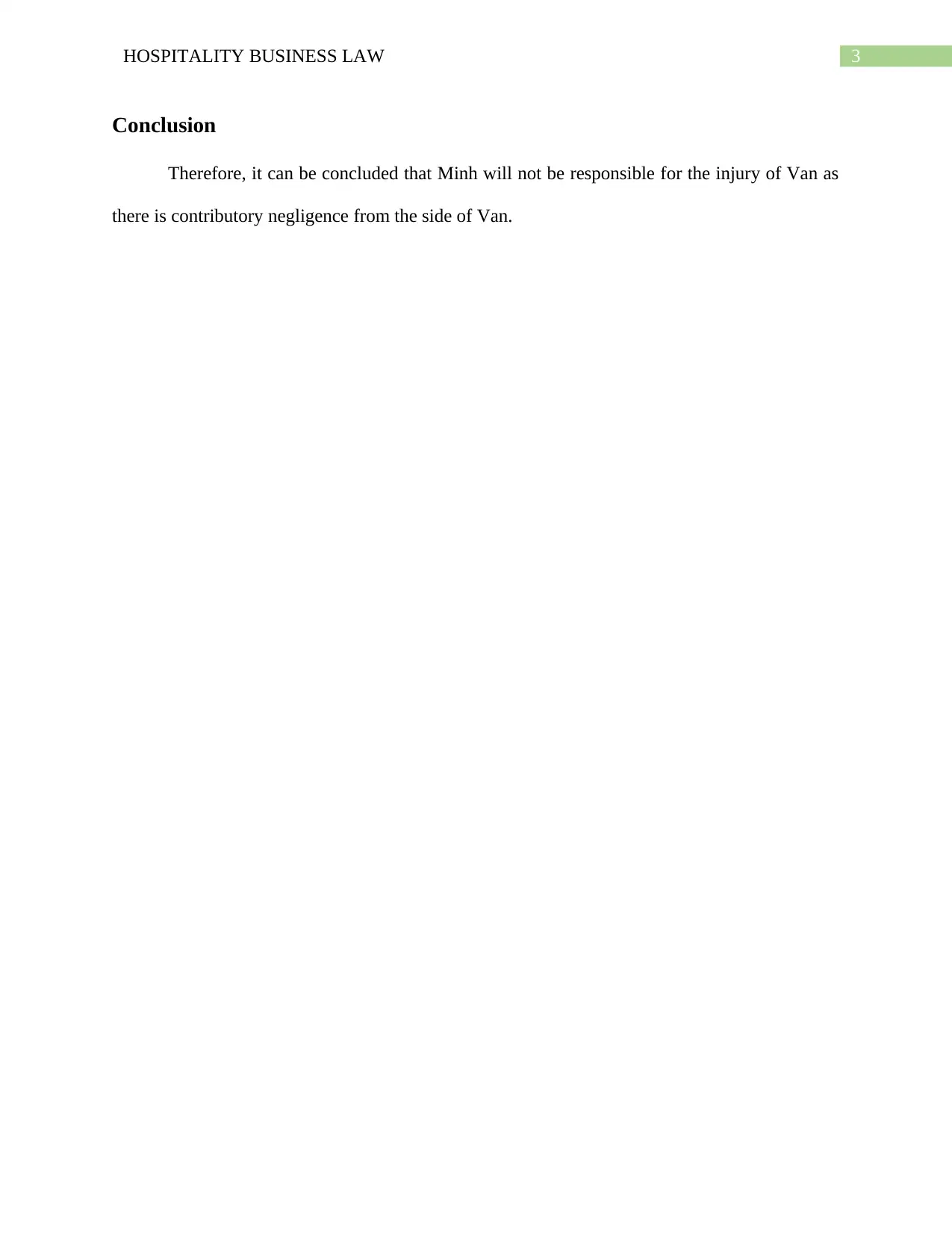
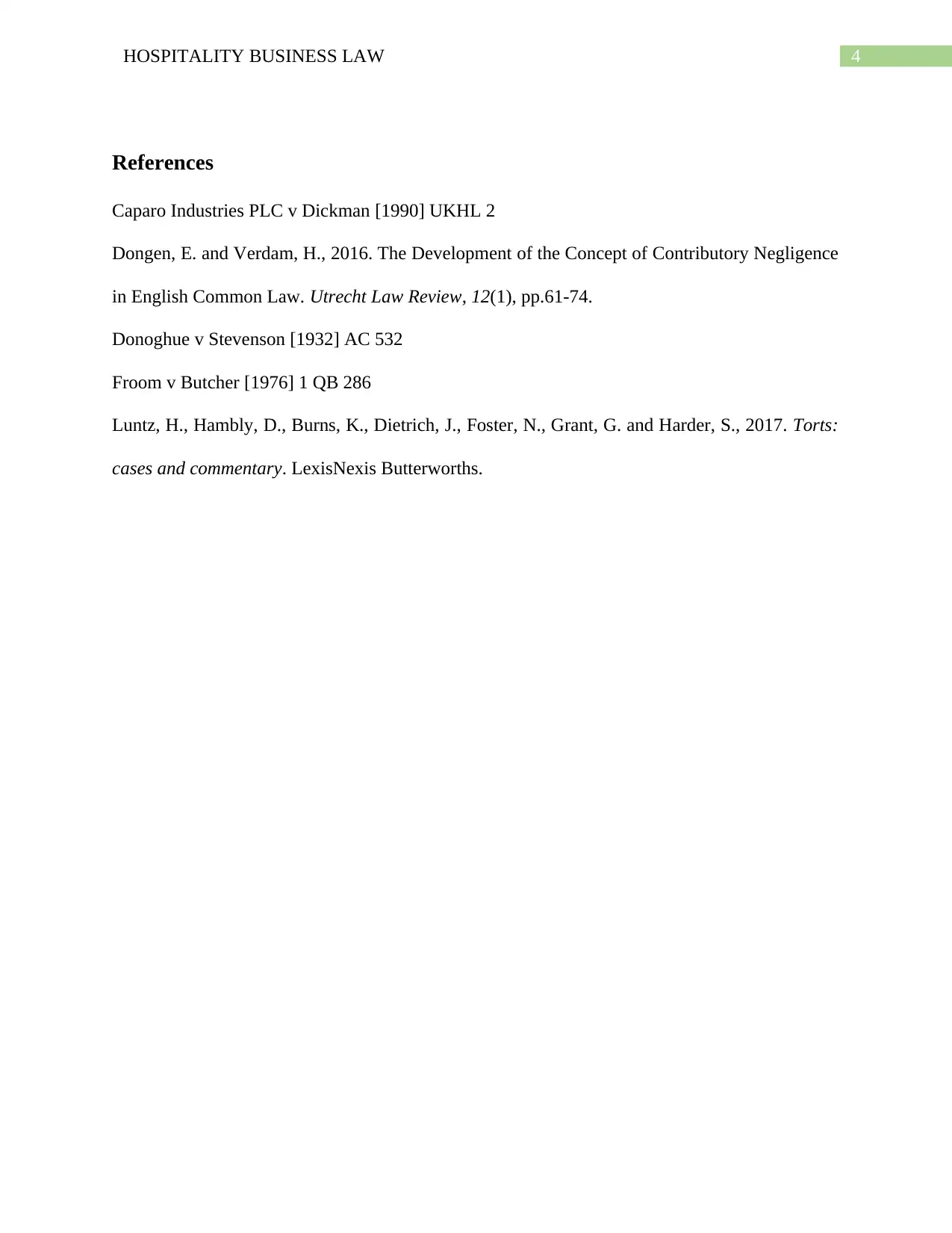






![[object Object]](/_next/static/media/star-bottom.7253800d.svg)